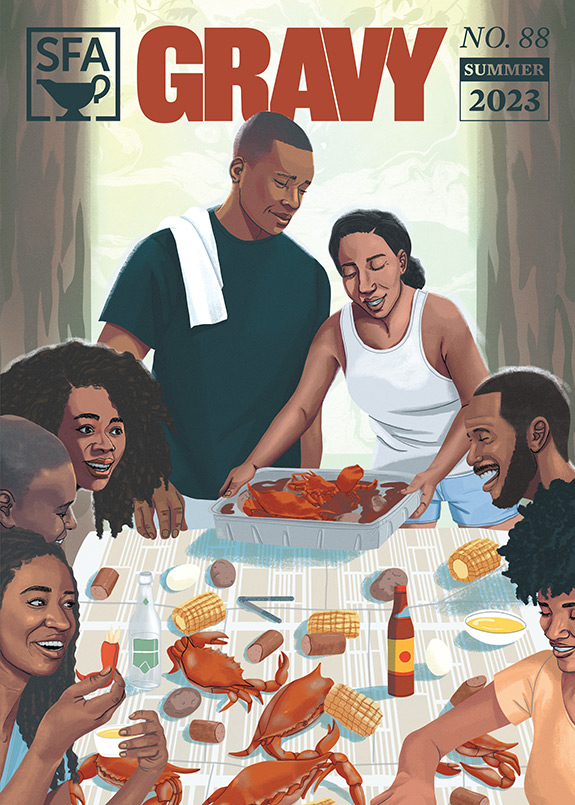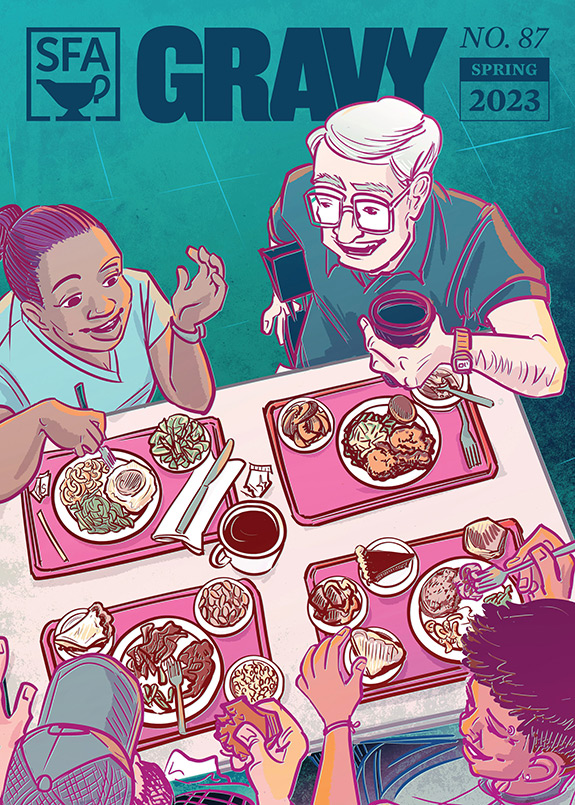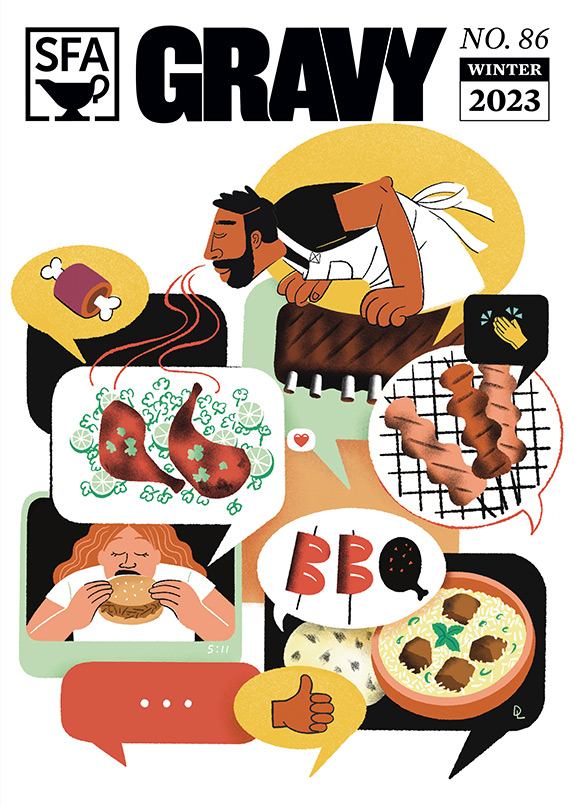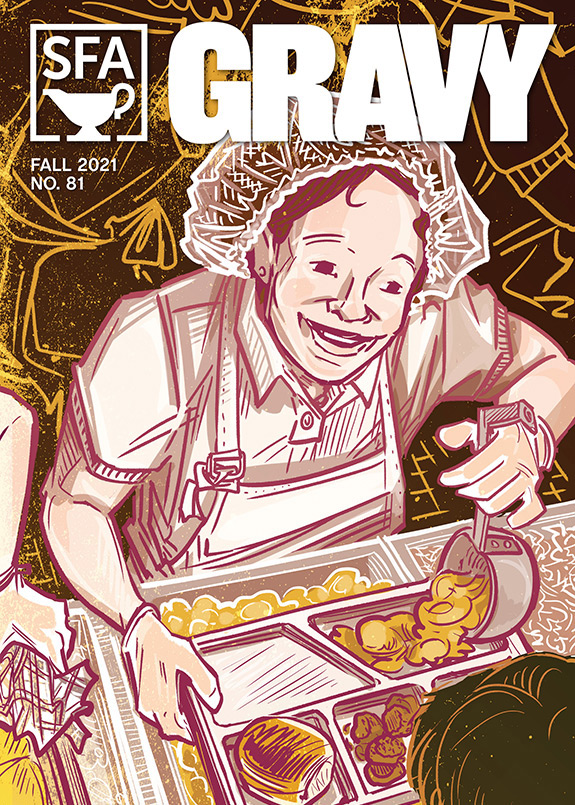
RIGHT: Elizabeth Scott started the business with her husband in 1950. Photographs by Amy Evans
We eat a lot of tamales in Mississippi. A traditional Latin American food usually reserved for important family celebrations and religious holidays, tamales have been sold on street corners and from roadside stands in the Mississippi Delta for generations. In 2005, we created our ever-popular Mississippi Delta Hot Tamale Trail* to document—and explain—this culinary anomaly. We published a collection of oral history interviews with tamale makers and vendors from Clarksdale to Vicksburg. People like Elizabeth Scott of Scott’s Hot Tamales who, along with her husband Aaron, began making and selling tamales in Metcalf, Mississippi, in 1950. Aaron passed away in 1987. Today, Elizabeth is still at the helm, but her daughters and granddaughter’s operate the business.

In May, I traveled to San Francisco to conduct fieldwork for a new oral history project that is a collaboration with La Cocina, a non-profit organization whose mission is to cultivate low-income food entrepreneurs with a focus on women from communities of color and immigrant communities. I met Alicia Villanueva, who moved to San Francisco from Mazatlan, Mexico, in 2000. It was her dream to own her own business and share her culture through food, so with the help of La Cocina, she launched Alicia’s Tamales Los Mayas.
Even though Alicia is from Mexico and Elizabeth is from Mississippi, their stories are similar. They are each women who are achieving the American Dream, working for themselves, and making a good living for their families, all of this through food—the same food: tamales.
But the tamales they make are vastly different. By comparing the two, we can get a glimpse into the origins of this iconic food tradition, as well as its evolution as it crossed geographic and cultural boundaries.

Latin American-style tamales can be filled with anything (sweet to savory, blackberries to beans), are quite large, contain the fine masa harina or corn flour, are wrapped in cornhusks or banana leaves, and steamed. Alicia is known for her chicken tamal, filled with a variety of vegetables and finished with a spicy salsa verde.

Delta tamales, on the other hand, are strictly savory (always meat-filled, usually beef), one-third the size of their Latin American cousins, contain the rough-textured corn meal, are wrapped in corn husks or parchment paper, tied in bundles of three, and simmered in water to cook. Elizabeth Scott is known for her beef brisket tamales.**
I return to San Francisco next week to take part in La Cocina’s Food & Entrepreneurship Conference where I will sit on a panel with Alicia and the rest of the women I interviewed. Alicia’s tamales will be featured as part of the brunch that’s scheduled just prior to our talk.
In a mere six weeks, some of these same women will travel from San Francisco to Mississippi to cook and visit and laugh with us as part of this year’s foodways symposium. Join us for our Thursday night supper at Snack Bar, when we’ll celebrate these women, their stories, and their food, tamales included.
Later in October, I head down to Greenville to participate in the Second Annual Delta Hot Tamale Festival, where I will judge tamale contests and screen our short film on Elizabeth Scott.
It’s tamale season y’all.
*In the Delta vernacular, the singular is, indeed, tamale, not the Spanish tamal.
**Go here for a more in-depth discussion of how tamales came to the Mississippi Delta.








